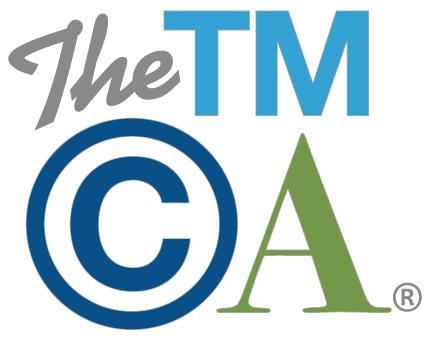Trademark Practice Tip: Services Must Actually be Rendered to Constitute “Use in Commerce” for Service Mark Registration
 Has a service mark been used in commerce if the services have been offered but there are no takers? The Federal Circuit issued a decision earlier this year in Couture v. Playdom, Inc., 778 F.3d 1379 (Fed. Cir. 2015), which confirms that applicants seeking to register a service mark in the United States based on “use in commerce” must do more than merely offer the services – the services must actually be rendered to a customer or user of the services. Since Playdom was decided, the Trademark Trial and Appeal Board has emphasized the importance of the court’s holding and its applicability with respect to both service marks and trademarks. See, e.g., Adidas Ag v. Christian Faith Fellowship Church, 2015 WL 5882313, at *7–8 (TTAB Sept. 14, 2015) (discussing Playdom and cancelling ADD A ZERO mark for non-use); Mt. Eden Organics, Inc. v. Native Nutrients, 2015 WL 3826710, at *5, n. 8 (TTAB June 5, 2015) (noting how registering labels with a state agency would “fall short” of showing use under Playdom).
Has a service mark been used in commerce if the services have been offered but there are no takers? The Federal Circuit issued a decision earlier this year in Couture v. Playdom, Inc., 778 F.3d 1379 (Fed. Cir. 2015), which confirms that applicants seeking to register a service mark in the United States based on “use in commerce” must do more than merely offer the services – the services must actually be rendered to a customer or user of the services. Since Playdom was decided, the Trademark Trial and Appeal Board has emphasized the importance of the court’s holding and its applicability with respect to both service marks and trademarks. See, e.g., Adidas Ag v. Christian Faith Fellowship Church, 2015 WL 5882313, at *7–8 (TTAB Sept. 14, 2015) (discussing Playdom and cancelling ADD A ZERO mark for non-use); Mt. Eden Organics, Inc. v. Native Nutrients, 2015 WL 3826710, at *5, n. 8 (TTAB June 5, 2015) (noting how registering labels with a state agency would “fall short” of showing use under Playdom).
The USPTO has long accepted specimens of use showing a mark displayed in advertising material, such as brochures, webpages and sales presentations, as proof that a mark is in “use” in connection with the services identified in an application. But simply displaying a mark in such material does not mean that the applicant actually provided the services to anyone. Under Couture v. Playdom, the USPTO will continue accepting these types of advertising and selling materials as specimens of use for service mark registrations, but it is critical for trademark owners to ensure that the services covered by their registration have actually been rendered as of the time a Declaration of Use is filed. Otherwise, the registration is susceptible to cancellation as being void ab initio.
In the Playdom case, David Couture filed an application to register the mark PLAYDOM in connection with various entertainment and educational services, claiming a date of first use of May 30, 2008. Along with his application, Couture submitted a screenshot of a webpage that stated “Welcome to PlaydomInc.com. We are proud to offer writing and production services for motion picture, film, television, and new media. Please feel free to contact us if you are interested:
pl********@gm***.com
. Website Under Construction.” The USPTO accepted the advertisement as a specimen for the services listed in Couture’s application, and the application matured to registration. During the course of proceeding, however, it was proven that Couture merely offered services in connection with the PLAYDOM mark at the time he filed his use-based application in 2008, and did not actually render any services until 2010. Accordingly, his registration was cancelled. Based on this decision, it is now clear that merely advertising one’s readiness to perform services does not constitute “use in commerce” for purposes of obtaining a federal registration. Courts and litigants can be expected to apply the Playdom decision in matters involving allegations of trademark infringement if a registration underlying a claim is believed to be invalid under the Playdom standard.
Owners of current registrations and pending applications for service marks should review their previous filings to ensure they comply with this standard. In some instances, action can be taken to amend an application before a registration has issued. If the registration has issued, however, and the services were not rendered in connection with the mark as of the date of the declaration of use, consideration should be given to filing a new application.








